I have been searching everywhere for a proper solution to my problem and I can't seem to find one yet. I have an ActionBar (ActionBarSherlock) with a menu that is inflated from an XML file and that menu contains one item and that one item is shown as an ActionItem.
menu:
<menu xmlns:android="http://schemas.android.com/apk/res/android" >
<item
android:id="@+id/menu_refresh"
android:icon="@drawable/ic_menu_refresh"
android:showAsAction="ifRoom"
android:title="Refresh"/>
</menu>
activity:
[...]
@Override
public boolean onCreateOptionsMenu(Menu menu) {
getSupportMenuInflater().inflate(R.menu.mymenu, menu);
return true;
}
[...]
The ActionItem is displayed with an icon and no text however when a user clicks on the ActionItem, I want the icon to begin animating, more specifically, rotating in place. The icon in question is a refresh icon.
I realize that ActionBar has support for using custom views (Adding an Action View) however this custom view is expanded to cover the entire area of the ActionBar and actually blocks everything except the app icon, which in my case is not what I was looking for.
So my next attempt was to try to use AnimationDrawable and define my animation frame-by-frame, set the drawable as the icon for the menu item, and then in onOptionsItemSelected(MenuItem item) get the icon and begin animating using ((AnimationDrawable)item.getIcon()).start(). This however was unsuccessful. Does anyone know of any way to accomplish this effect?
